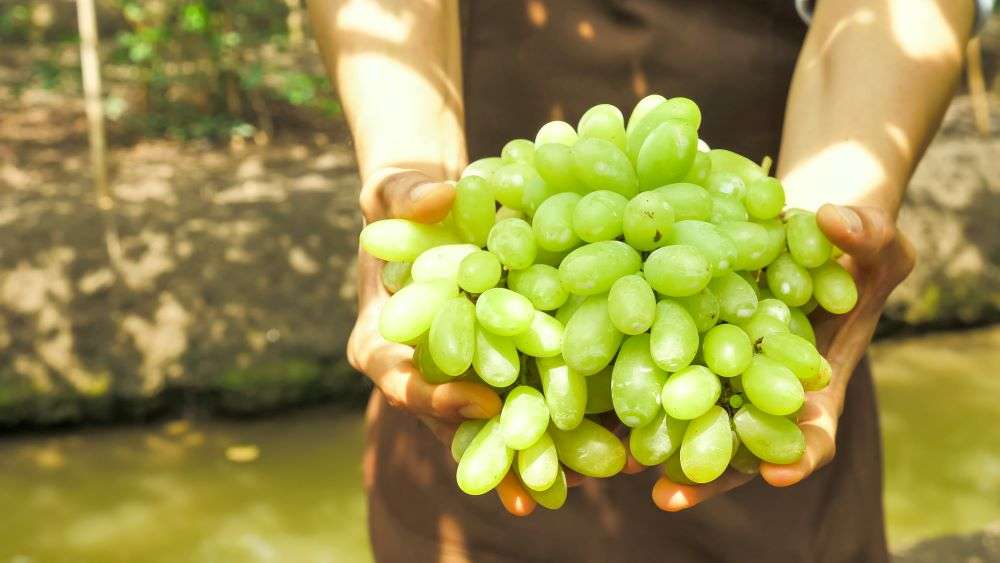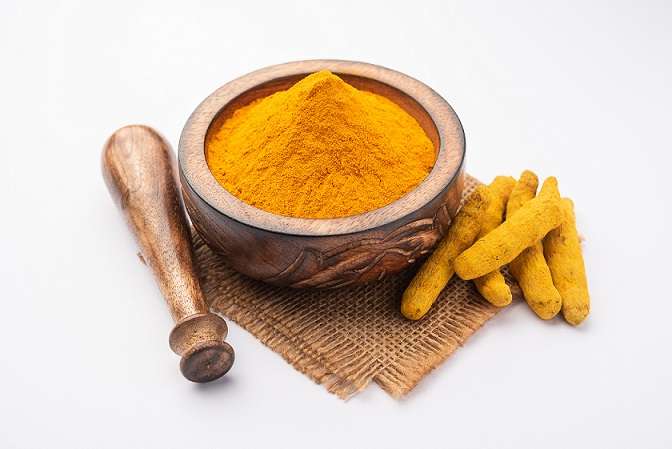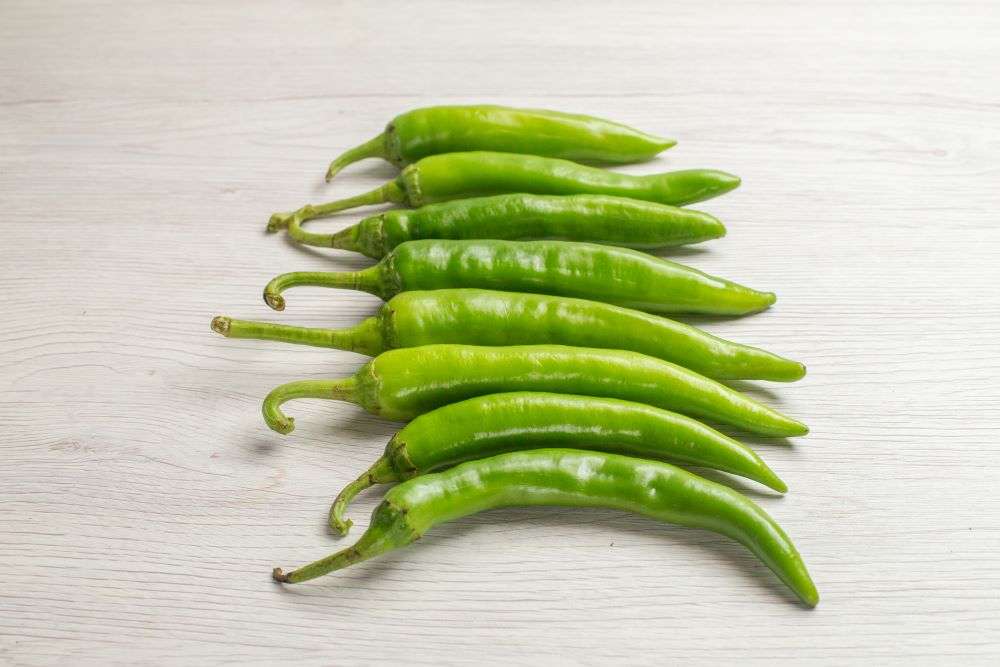Nashik, often referred to as the “Grape Capital of India,” is a region that has become synonymous with the cultivation and export of high-quality grapes. This agricultural hub, located in the state of Maharashtra, has seen significant growth in the export of grapes to various countries across the globe. The combination of ideal climate conditions, advanced farming techniques, and a strong export infrastructure has allowed Nashik grapes to dominate the global market. This blog delves into why Nashik grapes are in demand worldwide and why they are considered a top choice for export.
Why Nashik Grapes Are Ideal for Export?
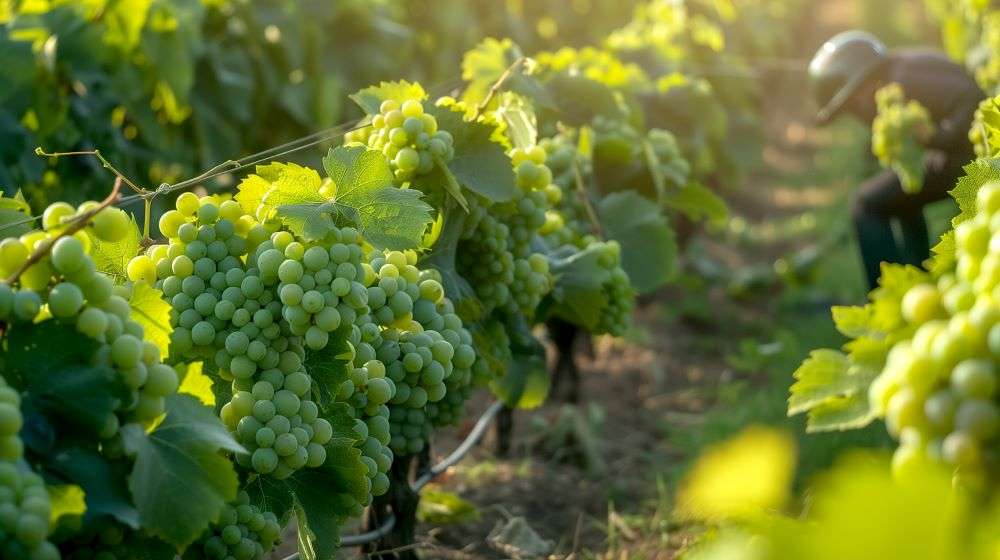
1. Climate and Soil Conditions
Nashik boasts a unique combination of soil and climate that is ideal for grape cultivation. The region has a tropical climate, which provides warm summers and moderate winters. This climate allows for the cultivation of table grapes that are not only sweet but also retain their firmness during transportation. The soil is rich in nutrients, contributing to the production of high-quality fruit. This makes Nashik grapes an attractive option for international markets, where quality is paramount.
2. Varieties of Grapes
Nashik is home to a variety of grapes, both seedless and seeded, which are in high demand across the world. The most notable varieties grown here include Thompson Seedless, Sonaka, and Sharad Seedless. These varieties are particularly well-suited for export because of their taste, texture, and ability to withstand long-distance transportation. Seedless grapes like Thompson Seedless are especially popular in the European and Middle Eastern markets.
3. High-Quality Standards
Indian grapes, especially those from Nashik, undergo rigorous quality checks before they are exported. The grapes are carefully selected, washed, and packaged to ensure they reach international markets in perfect condition. The farmers in Nashik adhere to global standards of food safety, hygiene, and packaging. These grapes are grown with minimal use of pesticides, making them a healthier and more attractive option for international consumers who are becoming more conscious about food safety.
4. Long Shelf Life and Easy Transportation
One of the key factors contributing to the success of Nashik grapes in global markets is their long shelf life. Due to the advanced packaging techniques used, such as controlled atmosphere packaging, the grapes can remain fresh for up to 3-4 weeks. This makes them easier to ship overseas without significant quality loss. Whether to the Middle East, Europe, or North America, Nashik grapes arrive fresh, ready for consumption, and without significant spoilage.
5. Traceability and Certification
The export of Nashik grapes is supported by various international certifications, including GlobalG.A.P. (Good Agricultural Practices) certification, which assures consumers of the fruit’s safety and sustainability. This certification helps build trust with buyers, especially in developed markets, where consumers are increasingly aware of the sourcing and sustainability practices of the products they consume. Nashik farmers are also increasingly embracing organic farming practices, which further enhances the export appeal of their grapes.
The Growing Demand for Indian Grapes in Global Markets
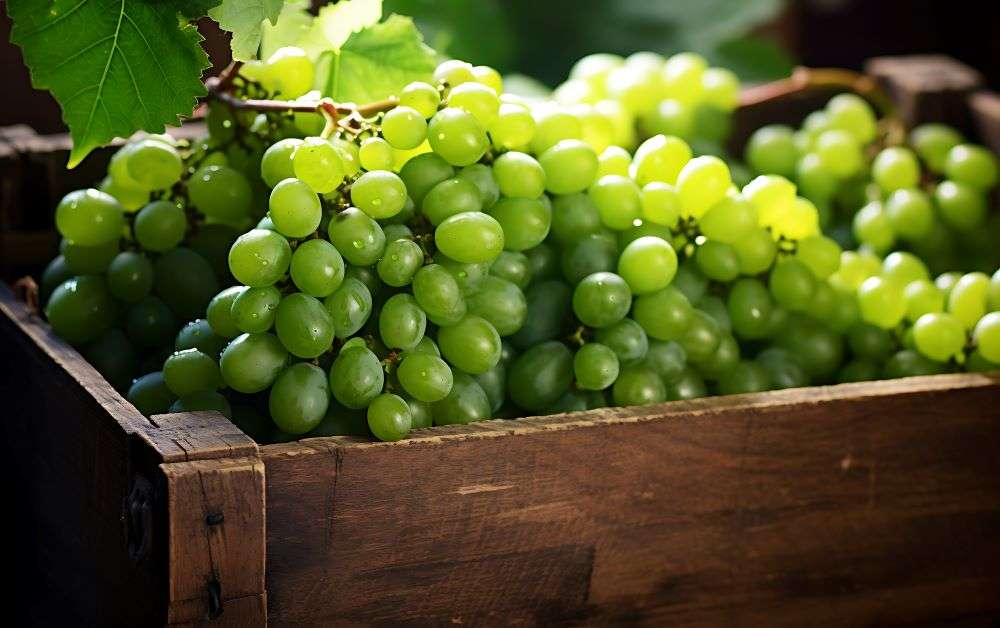
India is one of the largest producers of grapes globally, and Nashik is the leading region in the country for grape production. With over 60% of India’s total grape production originating from Nashik, it has become the focal point for grape exports.
The demand for Indian grapes has surged in recent years, particularly in the Middle East, Southeast Asia, and Europe. The long-standing trade relations between India and the Middle East have contributed significantly to this demand, with the UAE and Saudi Arabia being among the largest importers of Nashik grapes. Additionally, the export of grapes to European countries like the UK, Germany, and the Netherlands has also seen a consistent rise.
Countries like China and Japan are showing growing interest in Indian grapes as well, particularly for the seedless varieties. The increasing demand in these regions is being driven by a rising middle class, who are seeking premium, healthy, and convenient food options.
Economic Impact and Contribution to India’s Export Market
The grape export industry is a crucial contributor to India’s economy. In the fiscal year 2021-22, India exported more than 200,000 tons of grapes, with a significant portion coming from Nashik. The grape export sector alone generates significant revenue for India, contributing to the livelihoods of thousands of farmers, packers, and exporters.
As part of India’s push to increase agricultural exports, the grape industry plays a central role in the broader narrative of boosting “Brand India” in international markets. This aligns with India’s vision of increasing agricultural exports to $60 billion by 2025. Nashik’s grape exports make up a sizable portion of this target, with revenues from the grape trade benefiting the local economy and enhancing the region’s agricultural export potential.
Export Dynamics
India’s grape export industry has witnessed remarkable growth, with Nashik leading the charge. The district exported approximately 1.57 lakh tonnes of grapes during the 2023-24 season, marking a 2% increase compared to the previous year. European countries remain the primary destination for Nashik grapes, accounting for over 75% of the exports. The remaining produce finds its way to non-European nations, showcasing the global appeal of Nashik grapes.
– Times of India
Challenges Faced by Nashik Grapes in Export Markets
While the export of Nashik grapes has been immensely successful, there are challenges that the industry continues to face. The most prominent challenge is the fluctuating demand and prices, which are often influenced by factors such as political instability in importing countries, changes in consumer preferences, and the global supply chain disruptions.
Additionally, extreme weather conditions, such as droughts or unseasonal rains, can negatively impact grape production, leading to lower yields. To mitigate these risks, farmers are adopting new technologies and practices, including water-efficient irrigation systems and climate-resilient crop varieties.
The Role of Indo Foods Export
Indo Foods Export has been instrumental in promoting Nashik grapes on the global stage. By adhering to international standards and leveraging advanced packaging techniques, the company has ensured that Nashik grapes reach consumers in pristine condition. Our efforts have not only boosted exports but have also enhanced the reputation of Indian produce worldwide.
Nashik grapes are a prime example of India’s agricultural potential on the world stage. With their exceptional quality, long shelf life, and adherence to international standards, Nashik grapes have carved a niche in global markets. The region’s consistent production and export of high-quality grapes have not only benefitted local farmers but have also bolstered India’s agricultural export sector. As the global demand for healthy and high-quality fruits grows, Nashik grapes are set to continue playing a pivotal role in India’s agricultural export success.

